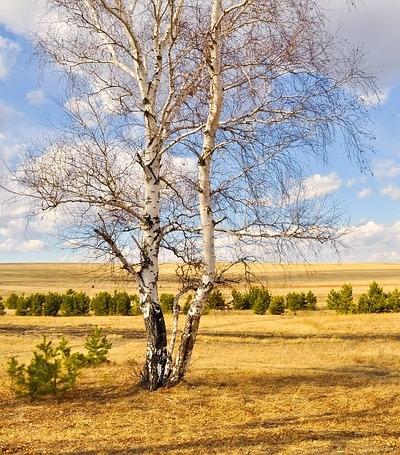Gothenburg Researchers Proved Significance of Including Vegetation in City Planning
Researchers at the University of Gothenburg found out that in their city, the levels of air pollution vary depending on the amount of foliage present in areas The study concluded that since they have proven the significance of trees in making the air clean in cities, they recommend the inclusion of vegetation in city planning.
How the University Researchers Arrived at their Conclusion
In the initial stage of the researchers’ project study, they measured the air pollutants in each area and compared them with the pollutants on the leaves of deciduous broadleaf trees. In their study, they concentrated on PAHs or polycyclic aromatic hydrocarbons, which are air pollutants generated during incomplete combustions of coal, wood, oil or petrol.
The scientists found out that the most polluted site was the Nils Ericsson Terminal which is the main bus station. They then compared levels of PAHs in this area, which was seven time higher than the levels detected in Angered City Park located in the city boundary.
According to one of the researchers, this piece of information is something that authorities need to be aware of, as the difference in the levels of pollution in the areas are surprisingly wide. They added while traffic is the main source of air pollutants in these areas, the difference can be attributed to the presence of trees whose leaves absorb the pollutants.
Research Findings Provide Evidence about the Importance of Vegetation in Improving Air Quality
Based on their findings, the researchers can now provide a transparent evidence concerning the relationship between the level of air pollutants and the pollutants in the leaves. Especially as their study confirms that the leaves of the trees absorb the pollutants which lessens the harmful substances in the air we breathe.
According to the professor of environmental sciences at the University of Gothenburg Håkan Pleijel, trees play a significant part in improving air quality in the city. Pleijel even reported that the measurement of pollutants found in the air and vegetation were unusual.
One of the researchers, Jenny Klingberg commented that while the most important action to take is to reduce emissions, their findings show that vegetation also plays a significant part in making quality air sustainable in cities.
